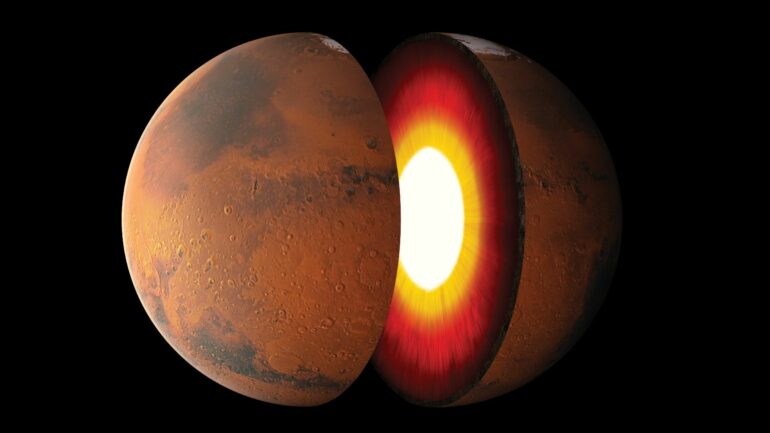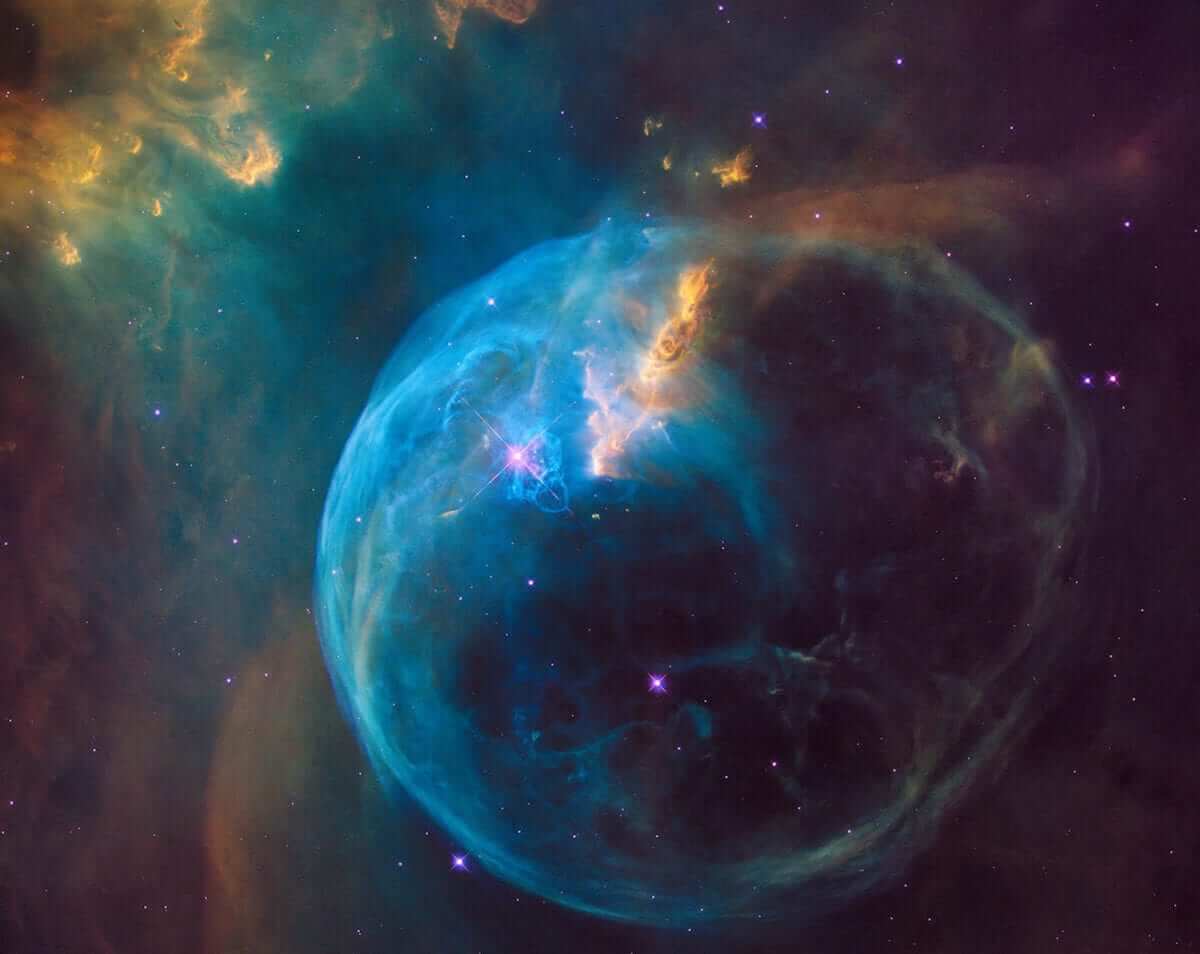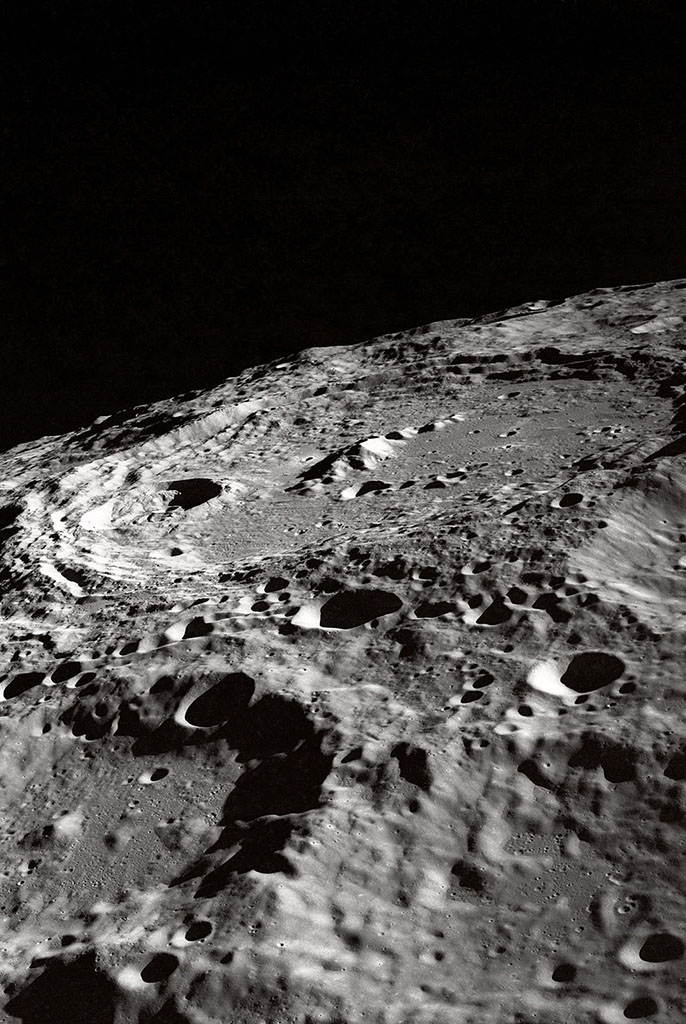
Curious Kids is a series for children of all ages. If you have a question you’d like an expert to answer, send it to [email protected].
Is Mars really as red as people say it is? – Jasmine, age 14, Everson, Washington
People from cultures across the world have been looking at Mars since ancient times. Because it appears reddish, it has often been called the red planet.
The English name for the planet comes from the Romans, who named it after their god of war because its color reminded them of blood. In reality, the reddish color of Mars comes from iron oxide in the rocks and dust covering its surface.
Your blood is also red because of a mixture of iron and oxygen in a molecule called hemoglobin. So in a way, the ancient connection between the planet Mars and blood wasn’t completely wrong. Rust, which is a common form of iron oxide found here on Earth, also often has a reddish color.

Iron oxide, found in rust on old metal machinery, is the compound that colors rocks and dust on Mars’ surface reddish brown.
Lars Hammar/Flickr, CC BY-NC-SA
In my current research on exoplanets, I observe different types of signals from planets beyond Earth. Lots of interesting physics goes into how researchers perceive the colors of planets and stars through different types of telescopes.
Observing Mars with probes
If you look closely at pictures of Mars taken by rovers on its surface, you can see that most of the planet isn’t purely red, but more of a rusty brown or tan color.
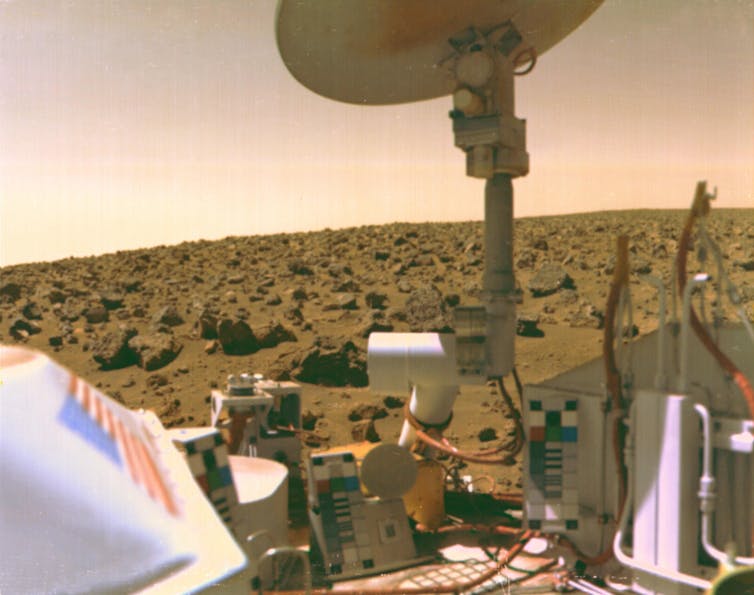
You can see Mars’ rusty color in this photo taken by the Viking lander.
NASA/JPL
Probes sent from Earth have taken pictures showing rocks with a rusty color. A 1976 picture from the Viking lander, the very first spacecraft to land on Mars, shows the Martian ground covered with a layer of rusty orange dust.
Not all of Mars’ surface has the same color. At the poles, its ice caps appear white. These ice caps contain frozen water, like the ice we usually find on Earth, but these ice caps are also covered by a layer of frozen carbon dioxide – dry ice.
This layer of dry ice can evaporate very quickly when sunlight shines on it and grows back again when it becomes dark. This process causes the white ice caps to grow and shrink in size depending on the Martian seasons.
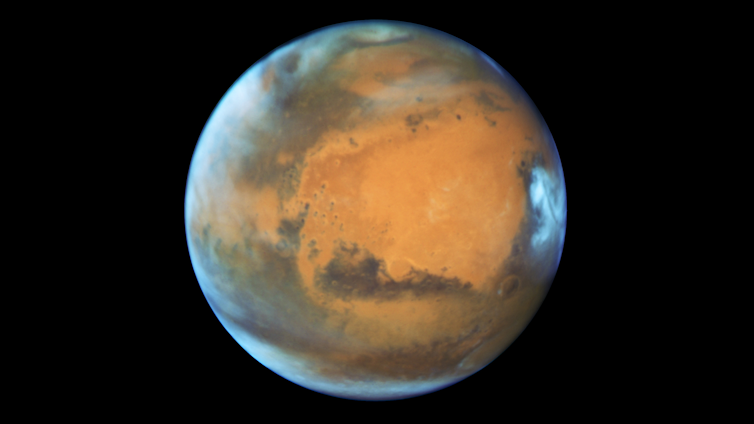
This picture from the Hubble Space Telescope shows the planet with the same rusty color covering large parts of its surface.
NASA, ESA, Zolt G. Levay (STScI)
Beyond visible light
Mars also gives off light in colors that you can’t see with your eyes but that scientists can measure with special cameras on telescopes.
Light itself can be thought of not only as a wave but also as a stream of particles called photons. The amount of energy carried by each photon is related to its color. For example, blue and violet photons…
